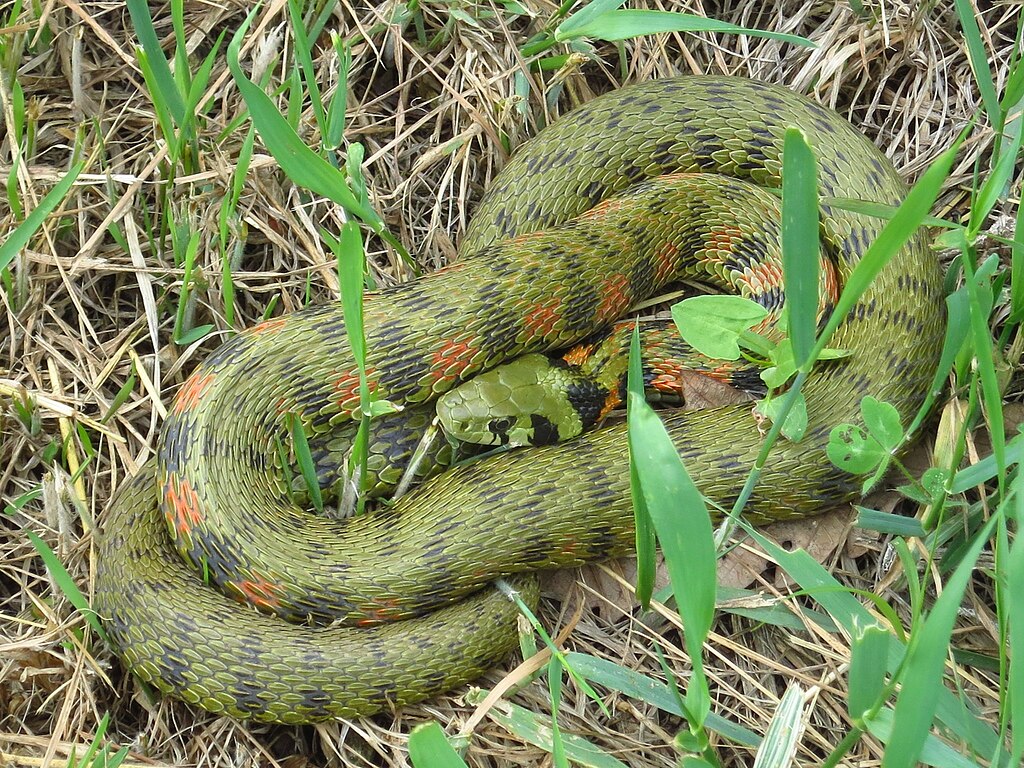Snakes are fascinating predators with hunting behaviors that have evolved over millions of years. While we often picture snakes as relentless hunters that always consume their prey after a successful strike, the reality is more complex. Many snake species occasionally abandon their prey after killing it – a behavior that seems counterintuitive given the energy invested in hunting and subduing victims. This phenomenon has intrigued herpetologists for decades and reveals much about snake cognition, environmental adaptation, and survival strategies. This article explores the various reasons why snakes sometimes walk away from a meal they’ve already secured, highlighting the sophisticated decision-making processes that guide these remarkable reptiles.
Disturbance and Perceived Threats
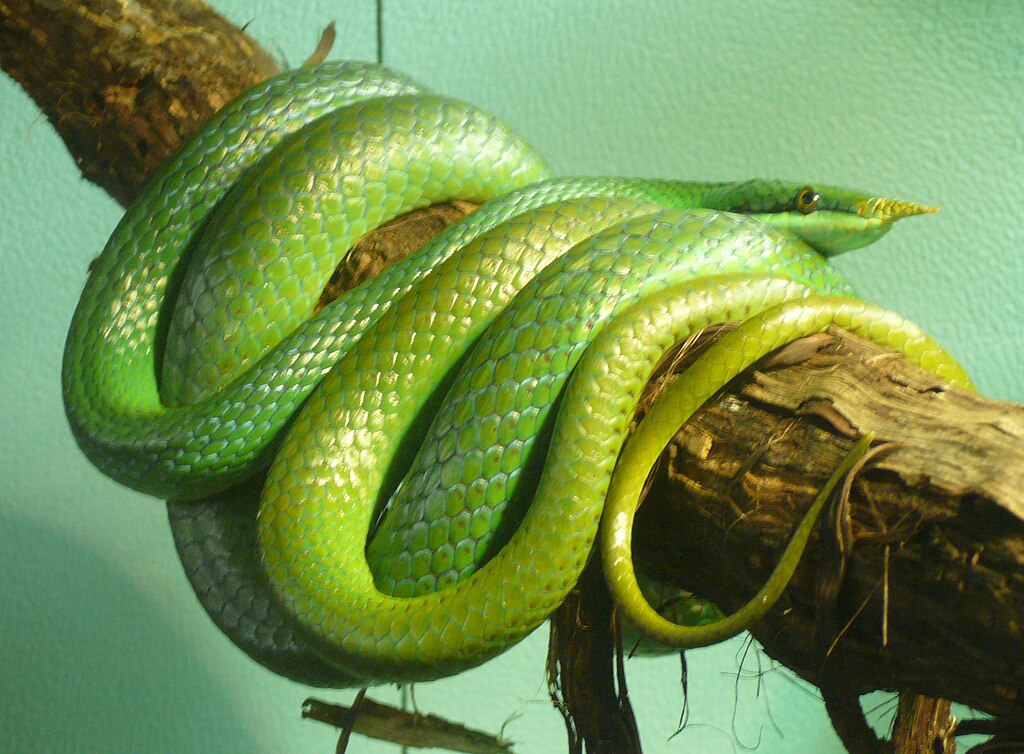
One of the most common reasons snakes abandon their prey is due to perceived threats or disturbances in their environment. Despite being predators, snakes remain vulnerable during feeding – a process that can take hours for larger meals and leaves them less mobile and more exposed. When a snake detects potential danger such as a larger predator or human presence while beginning to consume prey, it may make the split-second decision to abandon the meal rather than risk becoming prey itself. This cost-benefit analysis demonstrates remarkable adaptive behavior, as the snake effectively calculates that survival outweighs the nutritional benefit of the current meal. Researchers have observed this behavior frequently in field studies, noting that snakes are particularly sensitive to disturbances during the early stages of consumption before they’ve invested significant digestive resources.
Prey Too Large or Difficult to Consume

Snakes sometimes abandon prey after killing it simply because they’ve misjudged their capacity to consume it. Unlike mammals, snakes cannot tear their food into smaller pieces and must swallow prey whole, making accurate prey-size assessment crucial. Despite their remarkable ability to unhinge their jaws and stretch their bodies, there are physical limits to what they can ingest. A snake might successfully subdue a larger animal through constriction or venom, only to discover during attempted consumption that the prey is simply too large to swallow. This miscalculation is particularly common in younger snakes that haven’t yet refined their hunting skills. Field researchers have documented numerous instances of abandoned prey showing bite marks or constriction evidence but no consumption attempt, suggesting the snake recognized its limitation after the kill.
Stress-Induced Abandonment
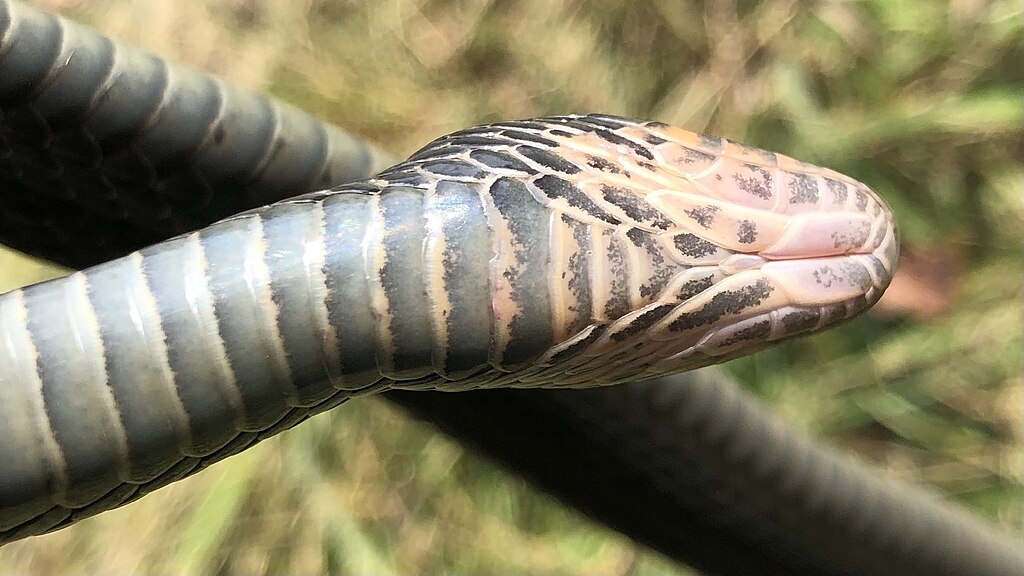
Stress plays a significant role in prey abandonment behaviors among captive and wild snakes alike. When a snake experiences high stress levels – whether from environmental factors, handling, or perceived threats – its physiological priorities shift from feeding to survival mode. This stress response triggers hormonal changes that suppress appetite and digestive functions while preparing the body for potential fight-or-flight situations. Captive snakes are particularly prone to stress-induced prey abandonment when they feel insecure in their environments or when feeding coincides with environmental disturbances. Wildlife biologists have observed similar behaviors in natural settings, where snakes may abandon kills during thunderstorms, flooding events, or unusual seismic activity, demonstrating how external stressors can override feeding instincts.
Temperature and Digestive Limitations
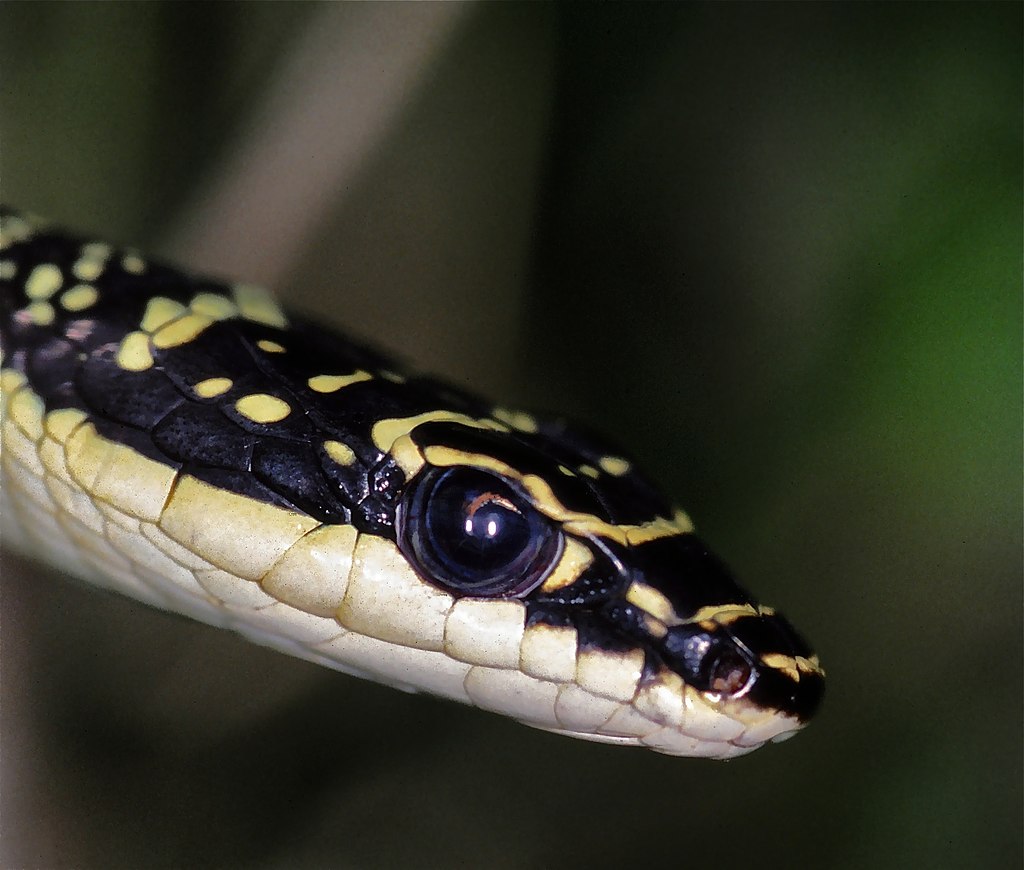
As ectothermic (cold-blooded) animals, snakes rely on environmental temperatures to regulate their bodily functions, including digestion. A snake may abandon prey if ambient temperatures drop significantly during or shortly after a kill, as the metabolic cost of digestion becomes prohibitively high in cooler conditions. Digestion is an energy-intensive process for snakes, requiring a specific temperature range to efficiently break down prey. When temperatures fall below this optimal range, a snake may make the metabolically sound decision to abandon its meal rather than expend energy it cannot replace through efficient digestion. Researchers studying seasonal feeding patterns have noted increased instances of prey abandonment during sudden cold snaps or when snakes hunt during transitional times between day and night when temperatures fluctuate rapidly.
Chemical Deterrents in Prey
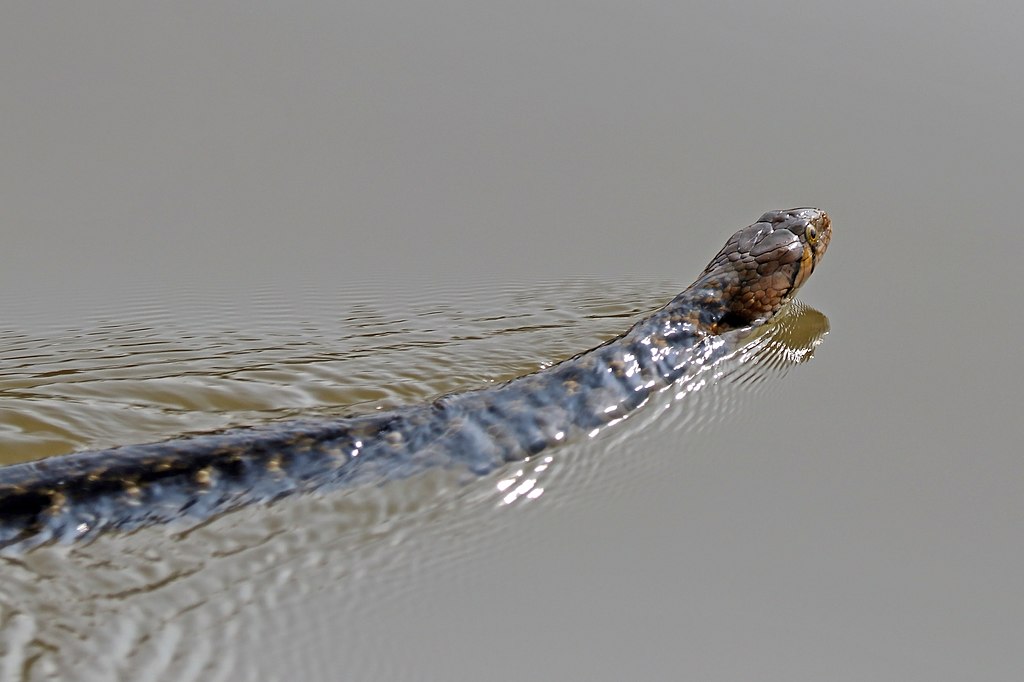
Some prey species have evolved chemical defenses that can cause snakes to reject them after the initial kill. These chemical deterrents may not be immediately detected during the hunting phase but become apparent to the snake once it begins the consumption process. Certain amphibians, for instance, secrete toxic skin compounds that taste bitter or cause irritation to predators. Similarly, some mammals release unpalatable compounds when stressed or dying, making them less appealing as food. Snakes possess specialized chemoreceptive organs, including the vomeronasal (Jacobson’s) organ, which allows them to “taste” their environment and potential food items with remarkable sensitivity. When these sensory organs detect problematic compounds after a kill, the snake may abandon the prey rather than risk ingesting potentially harmful substances.
Previous Negative Experiences
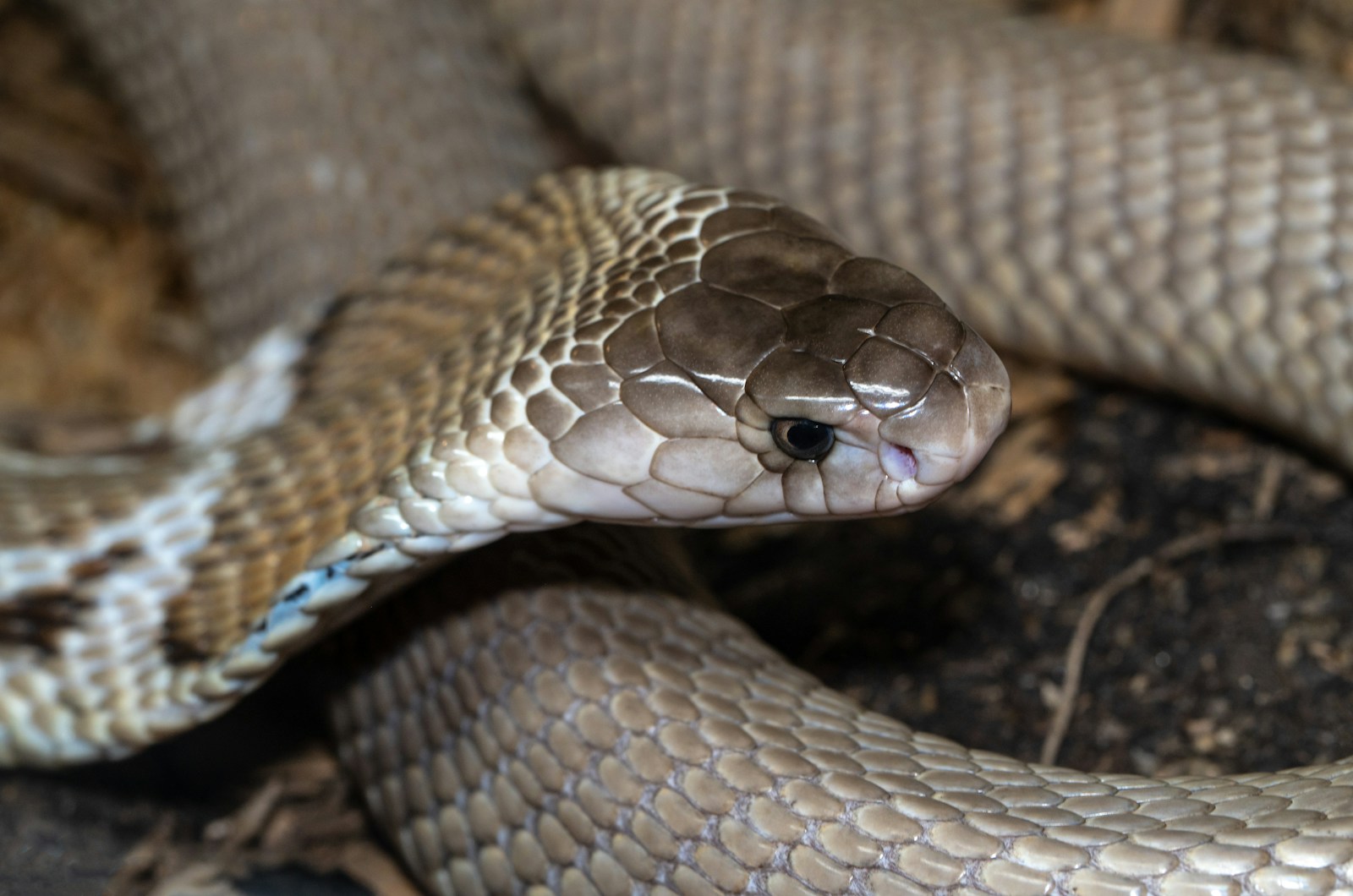
Snakes demonstrate more advanced learning capabilities than many people realize, including the ability to form associations between prey types and negative outcomes. If a snake has previously become ill after consuming a particular prey species or experienced difficulty digesting certain animals, it may develop an aversion to similar prey in the future. This learned behavior can lead to situations where a snake instinctively strikes and kills a prey animal, only to “recognize” it as problematic during the early consumption phase and subsequently abandon it. Herpetologists studying feeding behaviors have documented cases where captive snakes consistently reject certain prey species after a single negative experience, demonstrating sophisticated memory and association capabilities. This cognitive ability serves as an important survival mechanism in the wild, helping snakes avoid potentially dangerous food sources.
Competition from Other Predators
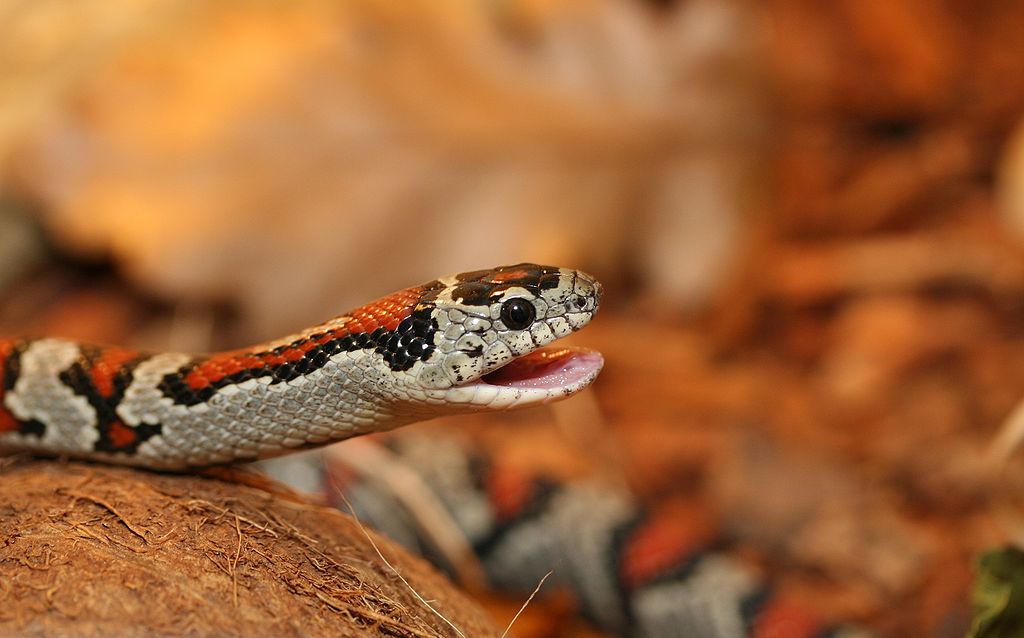
In ecosystems with high predator density, snakes sometimes abandon their kills when competing predators arrive on the scene. Rather than risk injury defending a meal against a larger or more aggressive animal, a snake may retreat and surrender its prey. This behavior represents an evolutionary trade-off between nutritional gain and injury risk, with self-preservation typically winning out. Certain snake species are more prone to this behavior than others, with smaller or less aggressive species more likely to abandon prey when challenged. Field studies using camera traps have captured fascinating footage of prey abandonment scenarios involving multiple predator species, revealing complex interspecies dynamics where snakes must constantly evaluate their position in the local predator hierarchy.
Reproductive Priorities

During breeding season, reproductive imperatives may override feeding behaviors in many snake species, occasionally resulting in prey abandonment. Male snakes in particular may kill prey out of instinct but then abandon it when they detect the pheromones of a receptive female in the vicinity. The biological drive to reproduce is often stronger than hunger, especially considering that many snake species can survive extended periods without food. Female snakes preparing to lay eggs or give birth (in viviparous species) may also exhibit altered feeding patterns, sometimes abandoning prey if the feeding process is interrupted by physiological changes related to reproduction. Researchers tracking seasonal behavior patterns have found that prey abandonment rates increase significantly during peak mating periods in many snake populations around the world.
Multiple Prey Scenarios
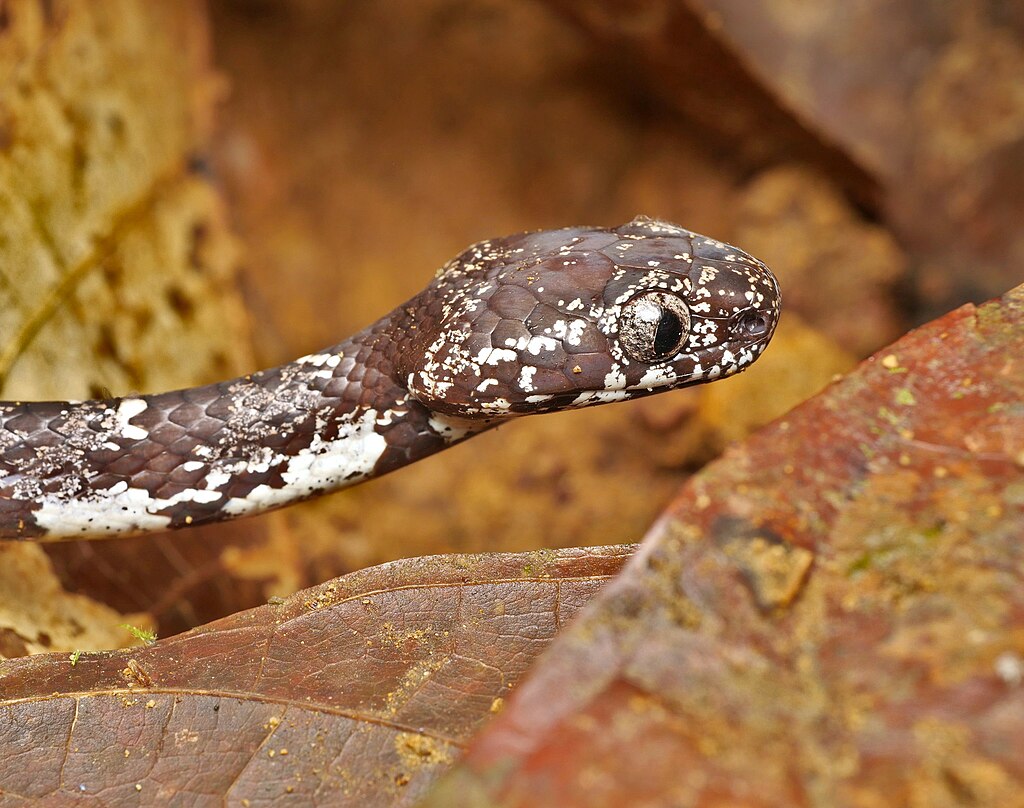
When snakes encounter multiple potential prey items simultaneously, they sometimes exhibit what researchers call “excessive killing behavior,” where they strike and kill more prey than they can reasonably consume. This behavior, observed in both venomous and constricting species, often results in some kills being abandoned. The evolutionary advantage of this seemingly wasteful behavior may relate to opportunistic feeding strategies – by securing multiple prey items, the snake creates a temporary food cache from which it can select the optimal meal. Some species have been observed returning to abandoned kills hours or days later if no better opportunities arise. This strategy is particularly common in environments where prey availability fluctuates unpredictably, allowing snakes to capitalize on temporary abundance.
Health and Disease Factors

A snake’s health status significantly influences its feeding behaviors, including the likelihood of prey abandonment. Snakes suffering from parasitic infections, viral diseases, or bacterial illnesses often experience reduced appetite or digestive capacity, leading them to abandon prey after killing it. This behavior can serve as an important diagnostic indicator for reptile veterinarians and keepers, as changes in feeding patterns often precede more obvious symptoms of illness. Mouth infections are particularly relevant to feeding abandonment, as they can make the mechanical process of swallowing painful or difficult. Wild snakes with compromised immune systems may instinctively abstain from feeding to redirect energy toward fighting infection, resulting in more frequent prey abandonment even after successful hunting events.
Seasonal Fasting Periods

Many snake species undergo natural fasting periods tied to seasonal cycles, hibernation, or brumation (a hibernation-like state in reptiles). A snake approaching these fasting periods may still hunt and kill prey due to instinctual behaviors but then abandon the kill as its metabolism begins to slow in preparation for the dormant period. This seemingly contradictory behavior highlights the complex interplay between instinct and physiological state in reptilian feeding patterns. Some species are particularly prone to this behavior during transitional seasons, with prey abandonment rates increasing significantly in the weeks preceding winter dormancy. Biologists studying seasonal snake behaviors have documented cases where snakes will strike at prey purely from instinct during these periods, despite having no physiological need or capacity for digestion.
Venom Conservation in Venomous Species
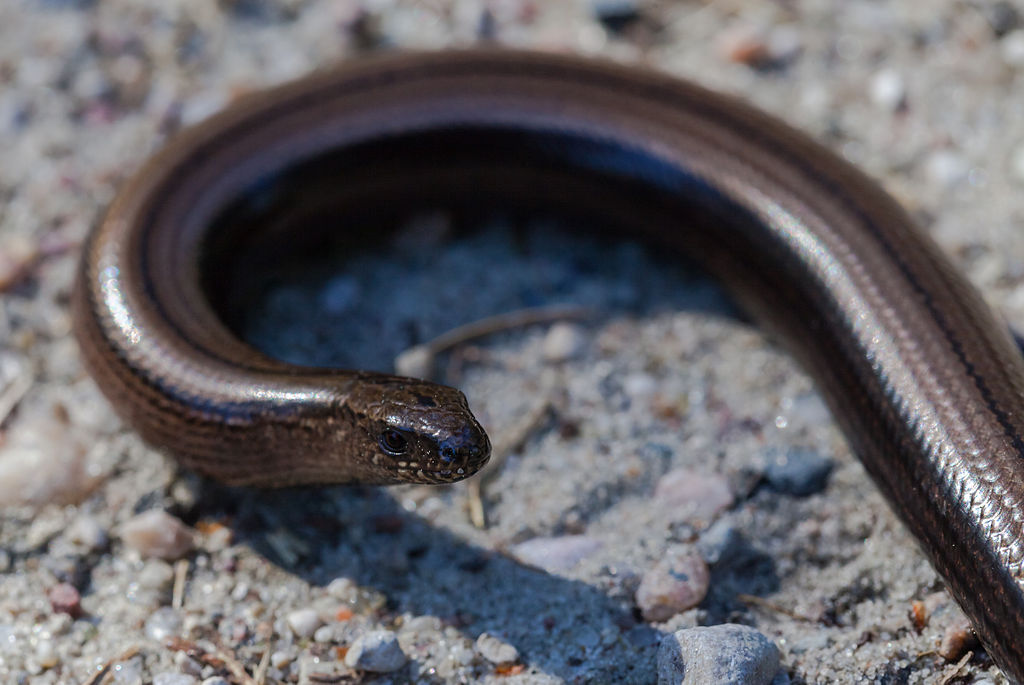
For venomous snakes, venom production requires significant metabolic resources and energy investment. In certain circumstances, a venomous snake might inject venom into prey for defensive purposes rather than feeding intent, then abandon the incapacitated or killed animal. This behavior is more common when the snake feels threatened during the hunting process or when it has limited venom reserves. Some species can control venom expenditure through what’s called “dry biting” – striking without venom injection – but this control isn’t perfect, and situations arise where venom is deployed unnecessarily from the snake’s perspective. Toxicologists studying venom utilization patterns have found that prey abandonment is more common after defensive strikes than predatory ones, suggesting snakes can differentiate between these different uses of their venom resources.
Conclusion: Adaptive Flexibility in Feeding Behavior

The phenomenon of snakes abandoning prey after killing it reveals the remarkable behavioral plasticity and decision-making capabilities of these animals. Far from being simple, instinct-driven predators, snakes continuously evaluate complex variables including risk assessment, metabolic costs, environmental conditions, and internal physiological states to determine whether consuming a kill is worthwhile. This adaptive flexibility has contributed significantly to the evolutionary success of snakes across diverse habitats worldwide. For observers, instances of prey abandonment provide valuable insights into snake cognition and the sophisticated cost-benefit analyses that guide their behavior. Understanding these abandonment patterns not only enhances our knowledge of snake ecology but also improves husbandry practices for captive specimens, allowing keepers to create conditions that minimize feeding disruptions and promote natural behaviors.

